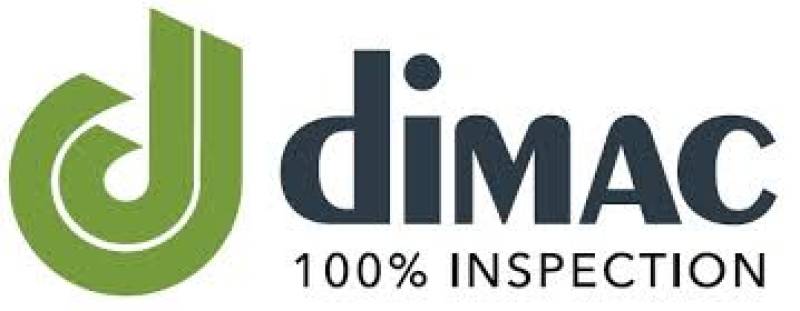
Quality control of safety-critical parts
Heat treatment is very important for automotive safety fasteners. It’s a delicate process which could be monitored by the modern Industry 4.0 technologies but still requires a final 100% analysis of each part before the shipment, in order to fulfill the automotive supply chain requirements.
Heat Treatment Control is surely a kind of NDT (Non Destructive Testing) inspection on which Dimac invested important R&D energies during the past 3 years, reaching nowadays outstanding performances in terms of sorting rate and inspection accuracy.
Partnering with the most important NDT device manufacturers for the HT detection, Dimac has renewed all the machines of the range with state of the art NDT Stations capable to perform this crucial control with the highest accuracy and productivity rate.
The eddy current station scans the part by mean of 24 different frequencies to detect any minimum variation of the material structure, as well as to detect plating and surface coating problems in order to prevent any premature fastener failures.
This type of control is mandatory for safety-critical parts belonging to the Power Train or to the brake system, or any application where fasteners are subject to constant vibration or exposed to corrosion.
The man-machine interface of the Dimac application for HT detection is really user-friendly. The setup is intuitive, thanks to the multi frequency testing process made simple by a wizard procedure which easily recognizes and sort out any fastener with deviations from the expected signal envelope.
A clear saving of time and costs
The brand new generation glass rotary table machine Dimac mcv6 is the model getting more benefits – together with the best seller model mcv5 – from the application of the HT NDT technology in terms of savings of time and costs. The innovative eddy current station allows to sort a wide range of complex parts by hardness classes with high output rates.
The HT station of the Dimac mcv5 and mcv6 uses two state of the art eddy current coil-probes: a reference probe at the operator’s workplace and a testing probe which is positioned above the glass table. The system provides instant results while running, allowing to process up to 300 parts/minute.
The setup procedure is based on a teach-in process and requires boundary OK and NOK samples available at the operator’s place.
The setup sequence could be summarized as follows:
- the operator puts one OK sample into the reference coil-probe;
- the eddy current device detects the magnetic permeability of that OK sample;
- the operator enables the wizard procedure to record the reference data from the reference-coil probe;
- the batch of parts to be sorted can be put in the feeding system;
- the operator runs the sorting of a first quantity of 20÷30 pieces to teach-in the response of the testing-coil, then the machine is stopped;
- the eddy current device compares the OK part reference data with the signal generated by the passage of the 30 pieces below the testing coil;
- the wizard procedure and its algorithm calculate the envelope of the taught-in signals and sets automatically the sorting threshold values;
- nothing else to do for the operator, he just has to press the START CYCLE button and run the sorting machine;
however, the system allows the operator to adjust the threshold and improve the accuracy of the setup in case of need.
The new concept cuts the time and costs of the 100% sorting process by making the operators’ tasks far more efficient, as well as by expediting the quality management job.
Author: Dimac
You may be interested in:
fastener
industry 4.0
innovation
manufacturing technology

